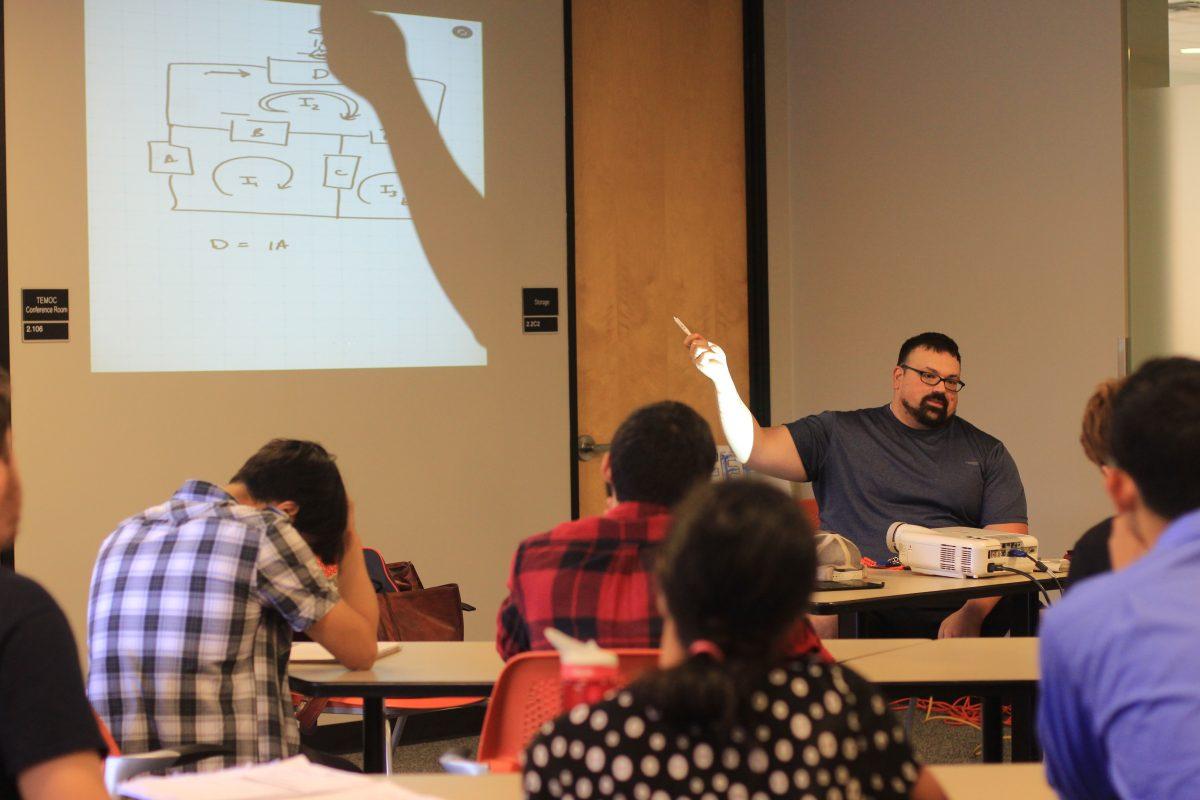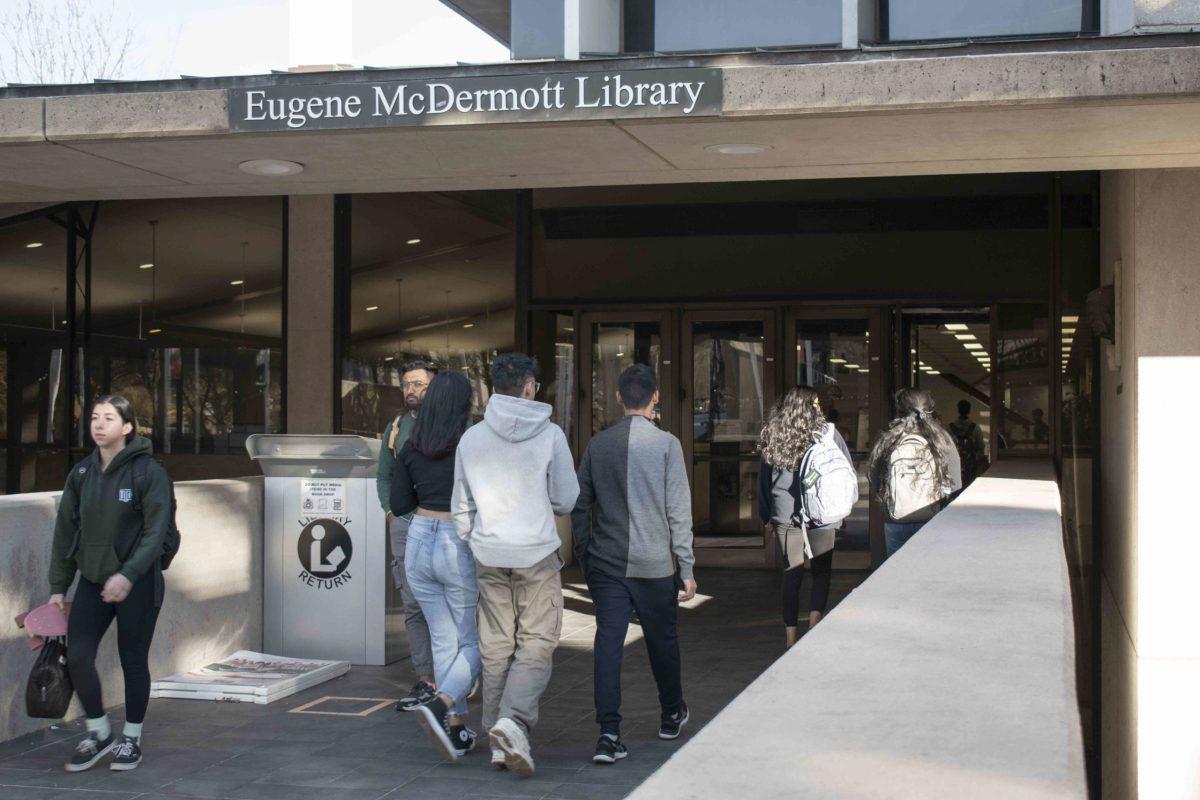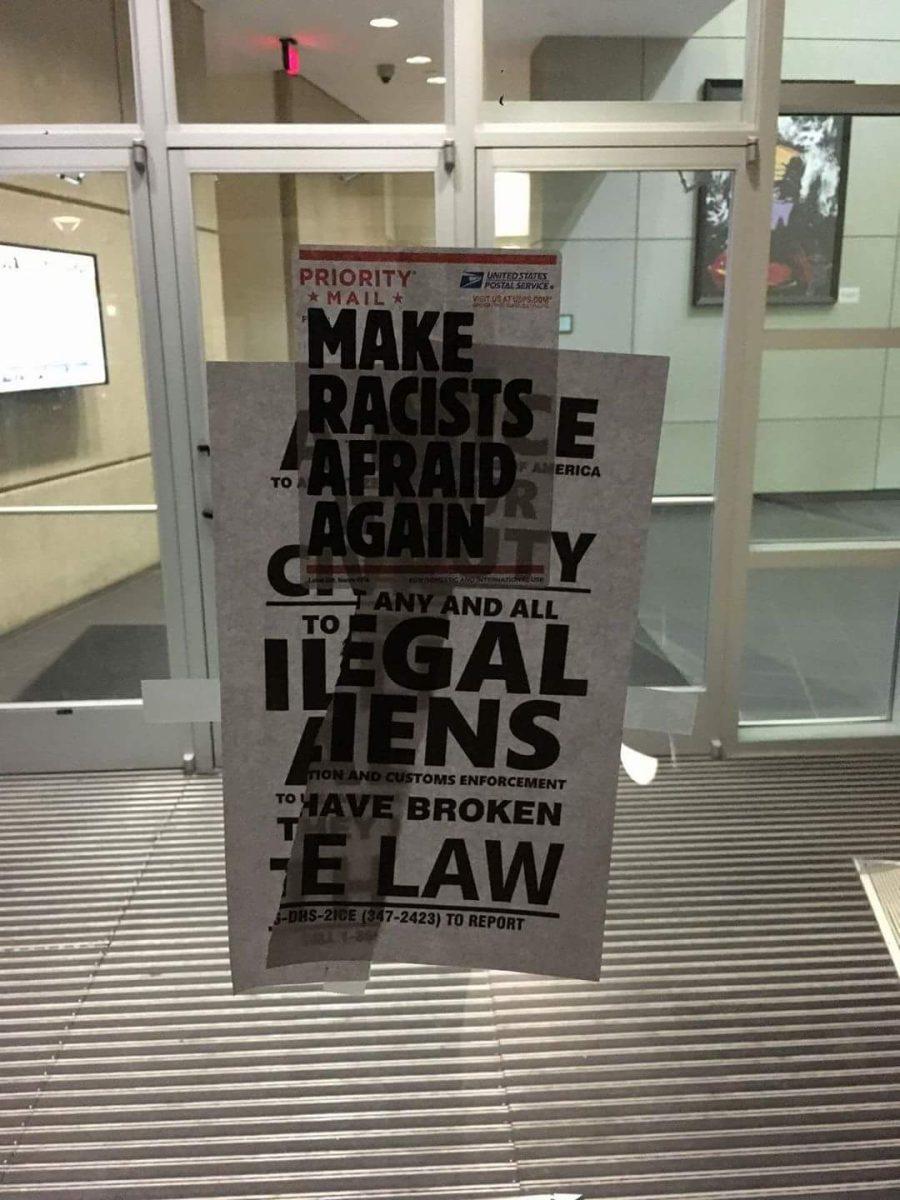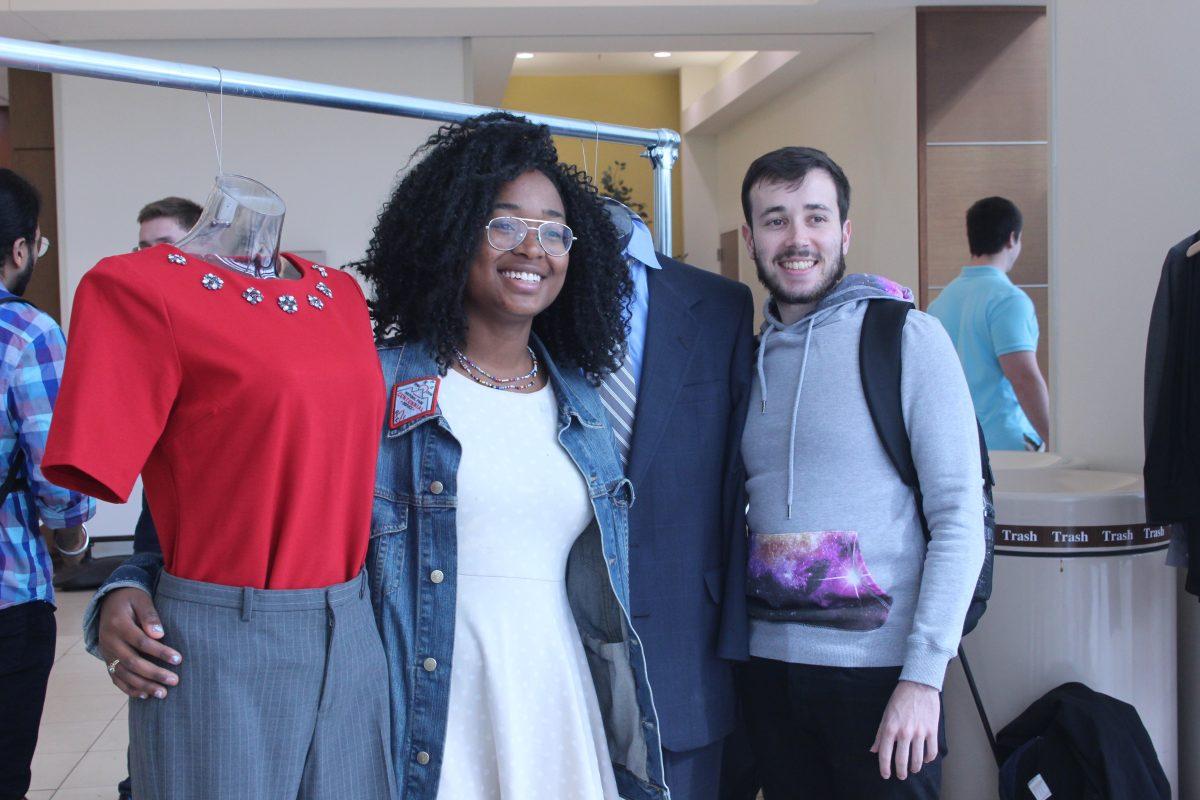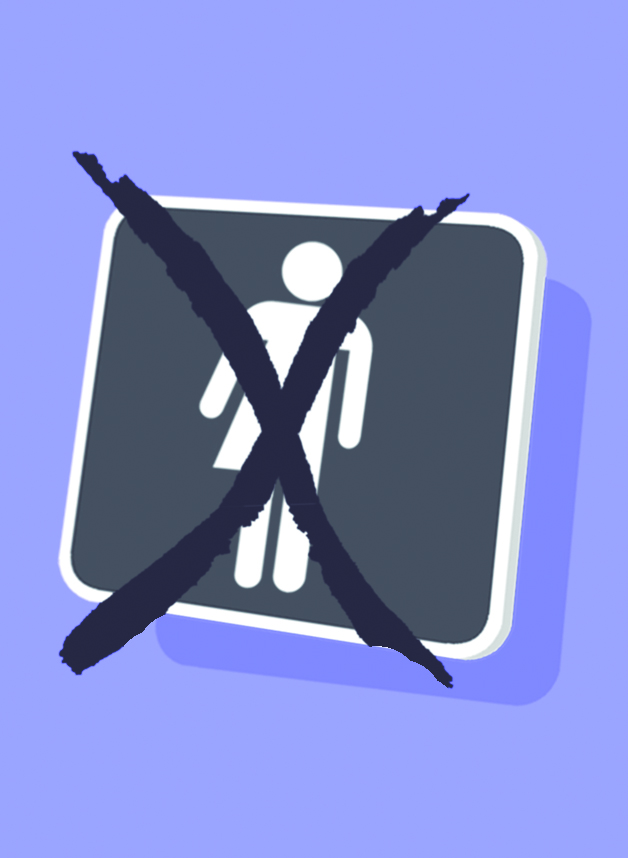Clubs on campus helped put together a new space to assist upper-level engineering and computer science majors with their studies.
Throughout the summer and this semester, the space, located in Synergy Park North, was renovated with new furniture, and is currently still working on getting more computers and software installed. However, the space has been available for students to access since the beginning of the school year.
The lab, called Jonsson School Student Enrichment Center, brings together various engineering and CS clubs into one shared space and offers tutoring in a 10,000 square-foot area on the second floor of SPN, in room 2.220.
The Institute of Electrical and Electronics Engineers, the Biomedical Engineering Society, Makerspace and the Association for Computing Machinery originally started the project to open the lab over the summer after IEEE lost its tutoring space in the Clark Center when the building was demolished. Camden Krupala, an electrical engineering senior and the director of the new lab, said the main focus for the space was to bring the tutoring service .
“Students came up to us with issues in these classes, so we thought, ‘Hey, let’s try and help these people out,’” he said.
Currently, IEEE, BMES, ACM and MakerSpace all participate in JSSEC. In order for an engineering or computer science organization to use the space, they must offer something to enrich students’ lives, whether that be through workshops or tutoring. If a student chooses to tutor, they are asked to do so at least three hours a week. However, if a student wants to use the place to study, the lab is freely accessible for all engineering and computer science majors.
Currently, members from IEEE and BMES tutor within JSSEC. Members from ACM will also start tutoring in the next coming weeks. Biomedical Engineering senior and Vice President of BMES Shelbi Parker said JSSEC is focused primarily on upper level courses since students have regularly requested help for them.
There are currently 40 tutors within JSSEC. To be a tutor, students have to go through an interview and exam process that existing members of their organizations help create by coordinating with the professors of the classes.
“Even if you’re not a part of the organizations, we would just need to know what degrees it falls under so that you had someone to report to,” said Parker. “Even if, for example, (the tutor) is not a BMES member, there is someone in BMES that they’re talking to, since BMES is the one that’s hosting the tutoring for BMEN courses.”
The space is open to any engineering or computer science major.
“The whole purpose of having organizations be a part of JSSEC is because organizations may have things they want to do in order to enrich students,” Parker said. “But if you’re Jane Doe and you’re an engineer or computer science major who is not affiliated with IEEE or BMES, but you’d really like a place to come and study or get tutored, you can come to JSSEC. That’s the whole point.”
Additionally, throughout the summer and this semester, the JSSEC space gained project tables for organizations to store and work on their projects, workbenches for students to work on their personal projects and computer stations with a host of engineering software applications like MatLab, Solidworks and LabVIEW.
In addition, JSSEC offers the option to reserve open area outside of tutoring hours for club events and meetings. Involved organizations also receive cubicle space within the JSSEC space.
JSSEC is completely open for students to utilize now.
“It’s my second time being tutored here,” said Omar Abbas, computer engineering sophomore. “I saw a lot of progress. I can understand the material now, because in class I see that my professor goes way too fast, but here they go very slow which helps me out. I would definitely recommend it because it’s people that have taken these classes before, and they’ve dealt with the professors and the assignments, and that pushes us to learn more from them.”

